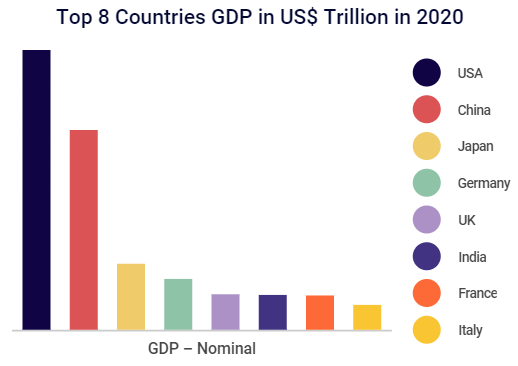Success Delivered Through Market Insights
It's in our blood to find lucrative opportunities for our clientele. When developing solutions, we concentrate solely on assisting them in realizing their full potential for growth. Our services go beyond providing exhaustive analyses; instead, we inspire our clients to develop strategic growth plans. Our knowledge is immaculate, and it is backed up by peer-reviewed research. In a nutshell, we write our clients' success tales.






















